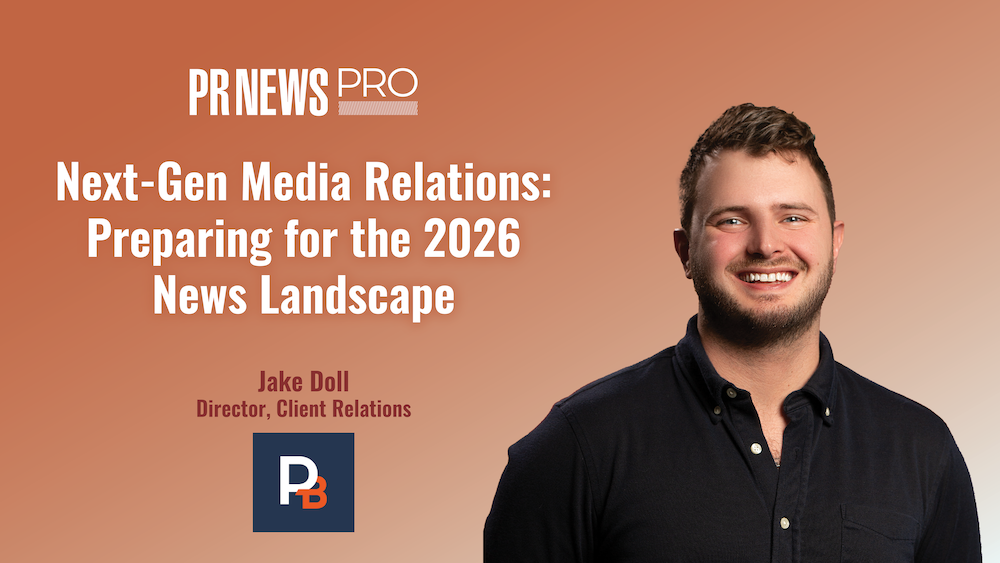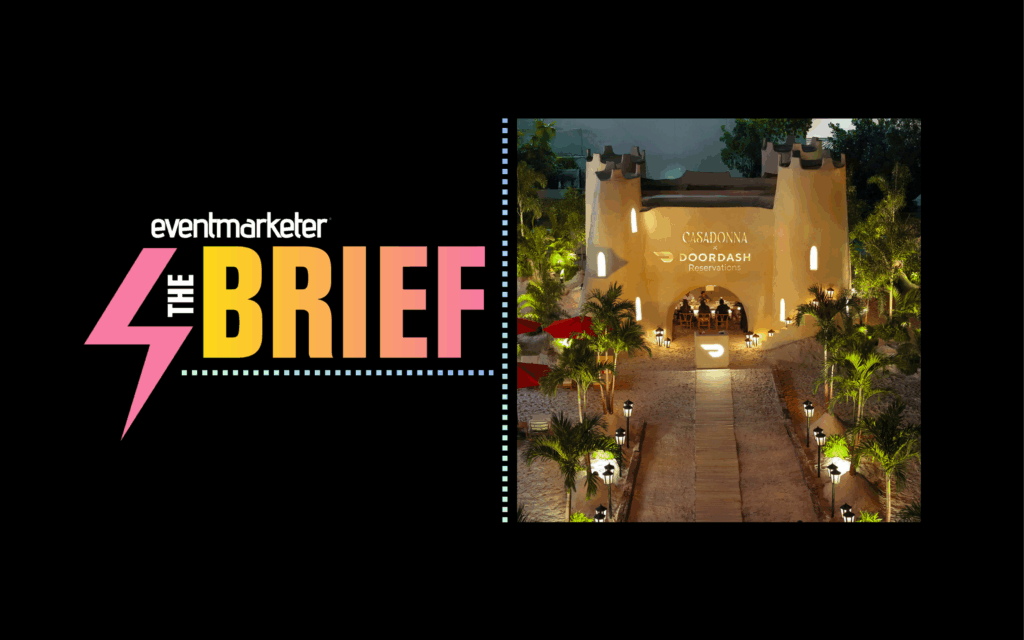Secret pinboards are the latest do-da from the popular social photo-sharing website Pinterest. The boards allow users to create up to three secret boards, hidden away from prying public eyes, and invite in only those special people they would like to share their beautiful things with like hush-hush projects, holiday gift ideas or wedding plans. The pins won’t show up anywhere else on Pinterest. This element of mystery lends itself for use by brand marketers in a number of interesting ways.
 Holly Hamann, the chief marketing officer of influencer marketing platform BlogFrog, shares four ideas:
Holly Hamann, the chief marketing officer of influencer marketing platform BlogFrog, shares four ideas:
1. Offer exclusive promotions to key advocates Selectively invite key influencers to a secret Pinboard that offers exclusive discounts or promotions as a reward for being a fan.
“One way to make these super-fans feel special is by giving them access to something that regular people might not have access to,” Hamann said. “If brands can create an environment and pick their Top 100 influencers and invite them to a board that includes sneak peaks, not-yet-released products and other exclusive content it makes those influencers feel special and it drives more loyalty.”
2. Get creative feedback prior to public launch Invite a select group of consumers to a private board that reveals new products or styles and lets those users comment, provide feedback, or vote (via a pin, like or share). For example, say a designer jeans brand wants to introduce a new line of handbags and wants feedback before a public launch. It can post images of the bags in a private Pinterest board and ask customers to critique the products paving the way for large scale or subtle changes, fresh ideas or even an outright scrapping of one product.
“The benefit is that if you have super-fans that know your products nothing is more rewarding then pulling them into your product creation,” she said. “A big mistake that brands can make is not checking in with their best customers along the way to see if what they’re building is what people really want.”
One notable misstep happened about two years ago when Gap excitedly unveiled a new logo that was instantly and systematically hammered by loyal Gap customers. Within a week the blue-box logo was back.
“If they had posted about the new logo in social media they may have found that out long before the launch,” Hamann said. “Invites to a private Pinterest board are a small data set of a much larger audience that you can learn from so you don’t make some big PR and product blunders.”
3. Launch or unveil collections or new products Of note is that private boards can be turned public by the owner at any time. With a traditional Pinterest board, anyone can follow a board and see each new item pinned as that board is being built. Brands can follow that lead by creating a private board, filling it with exclusive pins (new products, fashions, seasonal collections) and then “unveiling” the board.
“When you have a public board at some point you have no pins, as you add images people can see how it evolves. However, there can be a reason why brands want consumers to see the board as a whole and revealing it as a collection as opposed to revealing items one at a time,” she said.
4. Track referrals With private boards, you have to be invited by the owner to view. If someone has been invited to view a private board, they can then recommend another person to be invited, which requires brand approval. This allows brands to see who is recommending other followers and track who is influential. Offer an incentive to encourage recommendations.
The idea for secret pinboards came from mostly consumer users who wanted to be able to have pinboards that were not open to public viewing.
“It’s so easy to engage with social media,” Hamann said. “Find a small campaign, engage your users and play around with a private Pinterest board. There is very little to lose and a lot to gain.”



